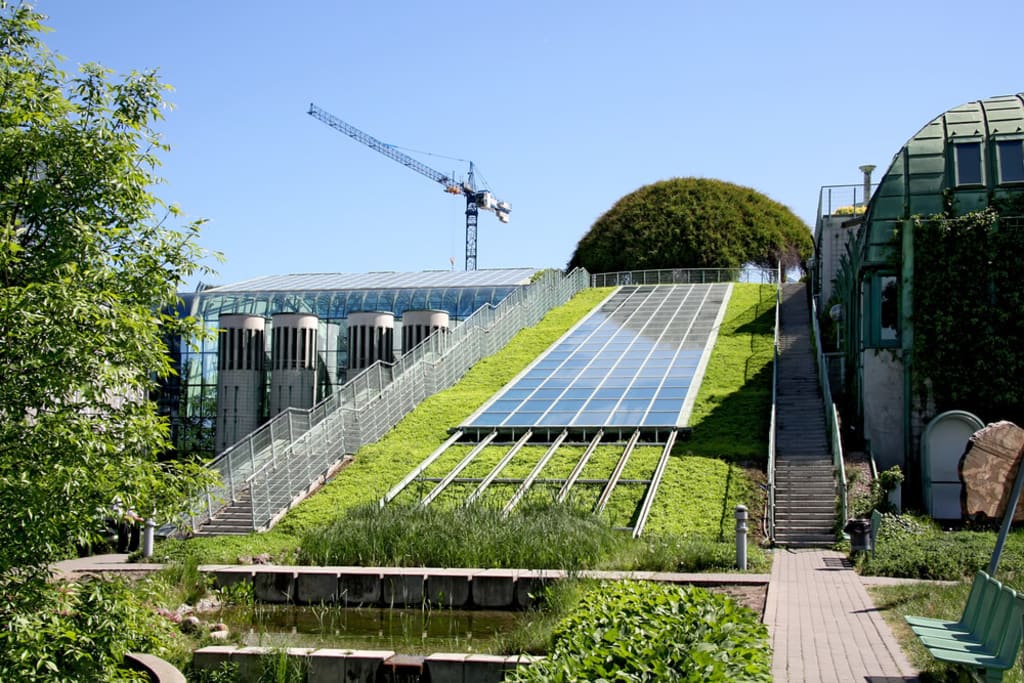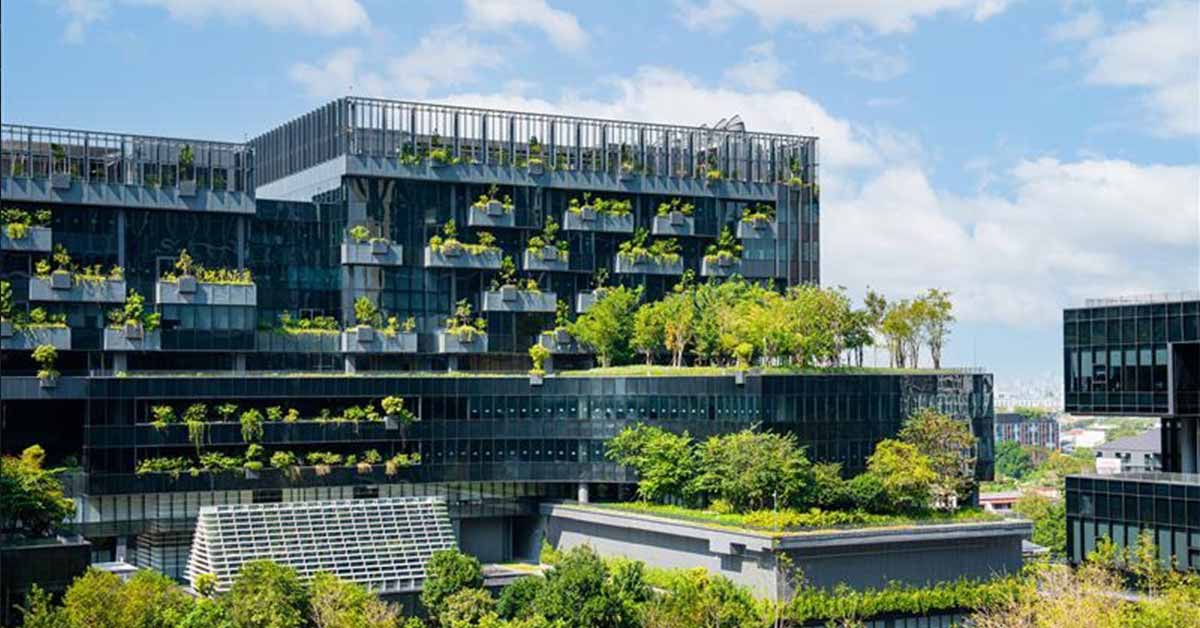The green building revolution that is taking the world’s construction industry by storm promises to open new frontiers. A new World Economic Forum report recently outlines a roadmap for transforming the global building sector. This puts the world’s construction industry at the frontline in combating climate change and protecting biodiversity. Amid rapid urbanization worldwide, primarily driven by emerging economies, the report presents a timely case for the sector’s decarbonization. Furthermore, it shows how it could generate significant economic gains for early adopters and a positive environmental impact for all. The construction community has identified 11 strategic transition levers across the entire value chain of buildings. These levers, when combined, could unlock over 80% of the sector’s abatement potential. Moreover, it will open a $1.8 trillion market opportunity, as per the new research. Global endeavors are being implemented to mitigate the impending global crisis, including in the construction industry.
The Significance of the Green Building Revolution in the World’s Construction Industry

The construction industry’s adherence to the green building revolution promises immense significance. “The new frontier of growth and competitiveness for players in the building sector will be to develop materials, design construction methods, and achieve operational outcomes that are net-zero carbon, nature positive and resilient to extreme weather shocks while promoting community well-being and people-to-people connections,” said Gim Huay Neo, Managing Director, World Economic Forum. Buildings are responsible for 37% of global carbon dioxide (CO2) emissions. Furthermore, 34% of the Earth’s species are enduring habitat loss due to urban development. With rapid urbanization expected to continue over the next decades, the report calls for a comprehensive and holistic approach to the green transition. Furthermore, it outlines this need throughout the global value chain of the construction sector and the entire life cycle of buildings, including construction, use, and end of life.
Also read:
Construction of the $8.4B World’s Largest Green Hydrogen Plant Commences in Saudi Arabia
The State of Affairs Regarding the Green Transition of the Construction Industry Globally

The impending crisis caused by rapid urbanization and pollution contributed by the construction industry necessitates a green building revolution. The report identifies four characteristics of a holistic vision for green buildings:
- Net zero: minimizing whole-life emissions through innovative materials and technologies
- Nature positive: enhancing buildings’ environmental performance by integrating natural elements
- Resilience: maximizing buildings’ ability to withstand extreme weather and climate volatility
- Well-being oriented: boosting the physical and mental well-being of their occupants, enhancing community development, and ensuring access for all
“The sheer complexity of the building value chain requires upstream and downstream players to work together to enable actions such as standard alignment and technology breakthrough,” said Yvonne Zhou, managing director and senior partner at BCG. “Only through this collaboration will the 11 levers be fully unlocked.”
Measures Taken to Ensure the Road is Paved for the Construction Industry to Go Green
To realize the vision of the green building revolution, several critical enabling factors need to be addressed. These include further policy on regulation and industry standards. Furthermore, data and advanced technologies such as artificial intelligence, biomaterials, and financing and upskilling support must also be considered. Various global giants in the construction industry must be at the forefront of going green. The green transition of China’s building value chain will create value and new business opportunities for industry players in China. Still, it could also help catalyze the development and adoption of global green building products and services.
Also read:

